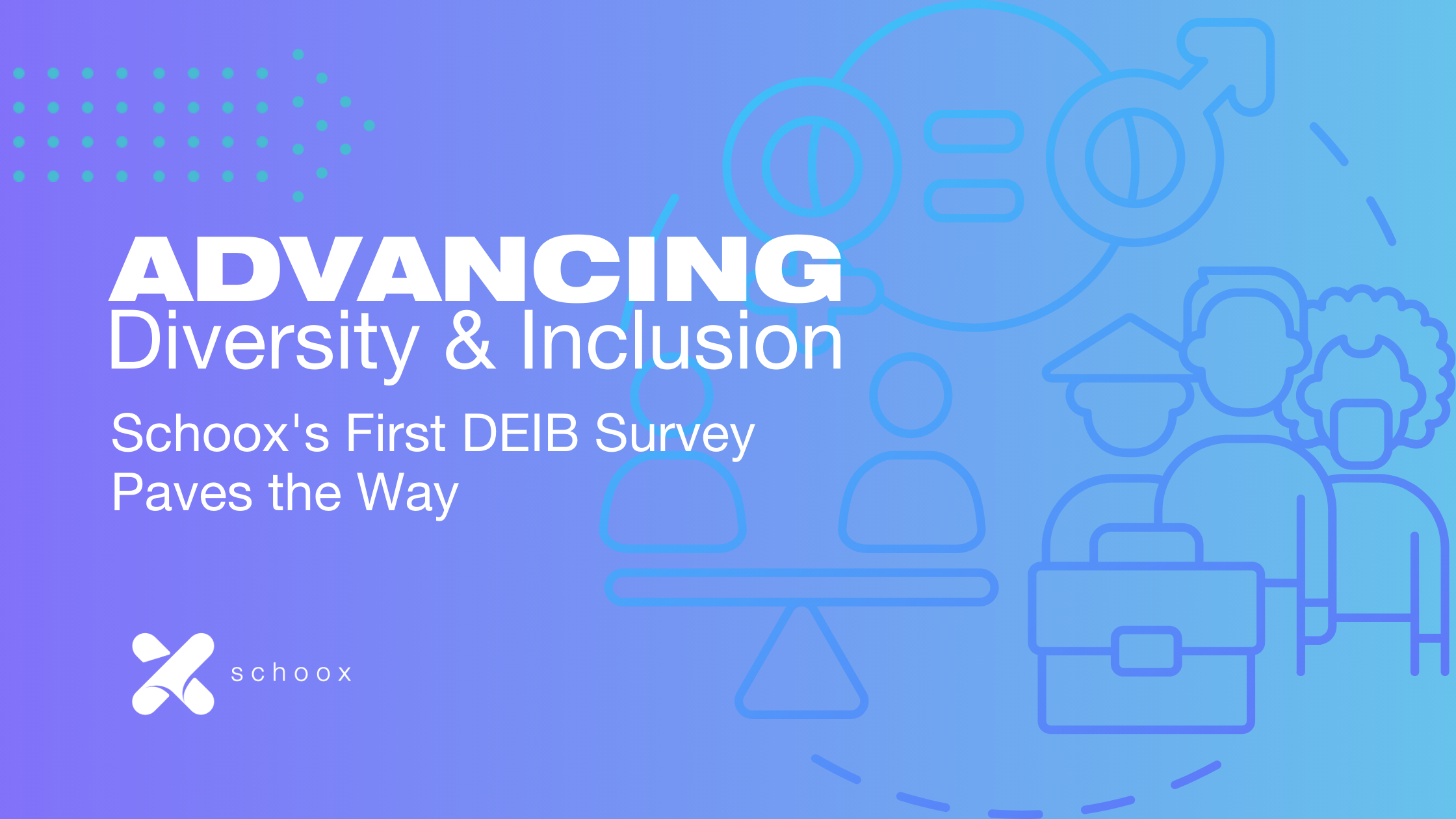February 4, 2021
6 Min. Read

How much focus does your company place on feedback? Is your workplace built on a culture of feedback? By this, we mean a culture that makes it very easy for people to give and receive feedback.
Feedback is integral to any group of people working together. It’s key to healthy working relationships, clear communication, and overall productivity. However, your company’s culture could be standing in the way of open and honest discussions at all levels in a business.
How you approach feedback can have a huge effect on your business. Get it wrong, and you could have an unhappy team on your hands. Get it right, and everyone can move forward and build solutions…instead of just resentment.
So, how can you start to build a culture of feedback within your company?
In this episode of The Learning Xchange, Matthew Brown, Schoox’s VP of Learning and Brand Success, discusses the importance of feedback in a company setting. He also shares some best practices for giving feedback that genuinely helps others to improve.
Listen to this episode of The Learning Xchange below or keep reading…
Being mindful
There’s more to being a manager than just being firm. Sensitivity and mindfulness are sometimes overlooked qualities.
What do we mean when we say ‘mindful’? We don’t just mean being nice. We use the word mindful here because there are lots of elements to consider when giving feedback. There’s body language, tone of voice, timing, the situation, and the person themselves.
Being mindful of all these elements will help you to give feedback in the best way for specific individuals and situations.
Moving away from defensiveness
Defensiveness is a fairly common response to feedback, no matter how gently you may give it. No one wants to hear that they are doing something wrong.
While you can’t guarantee the other person will react well, there are some ways you can ease it.
The first thing is to try to separate feedback from the other person. By this, we mean moving away from criticizing the person and instead commenting on the behavior. This approach, paired with mindfulness, should help to clear some of the defensiveness that can come up in feedback.
The importance of communication
Giving feedback is a way to communicate and raise an issue. It’s not necessarily going to be when the issue gets resolved. It’s simply to get everyone on the same page.
Rather than say your piece and try to jump forward into solving the issue, let the other person process what you said. At first, there may be some defensiveness or embarrassment if you brought up a mistake. That’s fine, needing some cool-down time is normal. Give them some space to process it and then regroup later on.
By doing this, you help to ensure that the person receiving the feedback fully understands the message. If they don’t understand the message behind the feedback, you may end up having to repeat yourself in what could potentially become a much more awkward conversation in the future.
Best practices for giving feedback
If you want to get better at giving feedback, here are some tips that you can apply to the majority of feedback scenarios:
1. Focus on behavior
Rather than focusing on the person, focus instead on the behavior. Make it more about how the behavior must change, rather than suggesting that the person is at fault. Giving feedback is not about placing blame, it’s about communicating and moving forward towards a solution.
2. Remember to listen
Feedback is a two-way street. As the saying goes, you have two ears and one mouth, which means you should be listening twice as much as speaking. The same applies to feedback. Whether you are giving or receiving feedback, it’s important to listen and make the process a back-and-forth dialogue.
3. Be present
This applies both ways, but particularly when receiving feedback. Many people tend to listen to the feedback at first and then become defensive. They then spend the rest of the conversation waiting for their turn to speak to defend themselves.
It can be a difficult habit to break. However, try to practice being present and in the moment when feedback comes up and again, listen more than you speak. Take some time to listen and absorb what the other person is saying.
4. Be mindful
Rather than focusing solely on the message you need to get across, look at how you’re giving that message. Being mindful of how the feedback comes across will mean the conversation is much more constructive and positive.
Be mindful about things like body language and tone of voice. Think about the other person’s situation. Are they swamped at work? Are they struggling with something else right now? It’s probably best to hold off if this is the case because they will be distracted. Make sure you always take some time before you give feedback to assess the situation.
5. Check that the feedback is actually helpful
Feedback should be about creating positive change. It’s not about ranting, getting complaints off your chest or putting other people in line. While this might seem obvious, always consider what your intentions are before you approach the other person.
What some managers forget is that feedback isn’t just for them. It also needs to be useful for the other person as well. What will they take from this interaction? How can they improve?
Giving feedback can feel awkward at first, and receiving it is rarely fun unless it’s full of praise. However, feedback is an important part of any team of people. How you approach it can have a huge effect on productivity and morale.
Are you unintentionally avoiding feedback in the workplace? Do you encourage an open dialogue between managers and other team members? Take some time to assess your team’s approach to feedback going forward.
Thank you for reading this podcast summary. For more tips from The Learning Xchange, you can find all the episodes so far on your favorite podcast app or website. Please subscribe to show us your support!


